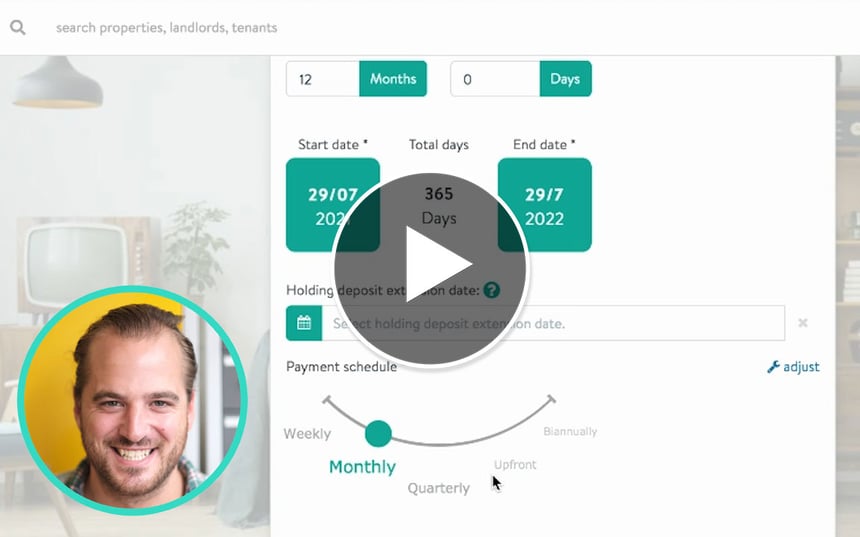More tenants will choose build-to-rent as sector matures
Build-to-rent is the sector is geared towards offering tenants a lifestyle, rather than just a home, according to a lettings manager who specialises in BTR properties for CBRE.
More people will choose to live in build-to-rent (BTR) developments as the sector matures and tenants become more familiar with what’s on offer, thinks Martin Tyson, a lettings manager who specialises in BTR properties for CBRE.
Investment into BTR developments in the UK has grown to over £10 billion in over five years, and CBRE is the number one advisor and broker for the sector globally. CBRE’s clients include the leading investors and operators, who are helping to shape the future of rental living.
Tyson says that the sector is geared towards offering tenants a lifestyle, rather than just a home. “Many developments are very high spec and very service driven, so when tenants are choosing one of these properties to live in, they're looking at whether there’s a concierge, what amenities they have, if they can walk to work, whether there is a sense of community.”
The sense of community, in particular with larger schemes, is a focus for many build-to-rent developers, thinks Tyson. ”In some cases they’re looking to design a lifestyle-offering by incorporating retailers, cinemas, and gyms and create a destination.” says Tyson. “They want these developments to be exciting and highly desirable destinations of residence, rather than just a development of apartments.” CBRE’s own research suggests that the “amenity offering of a scheme will be a key differentiator as the market becomes more competitive”.
Many build-to-rent developments tend to be the more expensive option, but tenants are keen to pay for additional features and benefits that a BTR development offers. Tyson thinks that could change in the coming years, because as the number of developments increase, price points will become more competitive as tenants become more familiar with the concept.
Increasingly, build-to-rent operators are focusing on underdeveloped areas, says Tyson, where they look to create “hubs” that attract tenants from the surrounding areas. “A few are building large developments of 1,000+ units, which will be great for improving the area, creating jobs and providing more needed homes.
Tenants will also be attracted to the flexibility offered by many developments. “Take the move date,’ says Tyson. “A private landlord will generally want their tenant to secure their property as soon as it vacant, but the tenant may still be in contract with their former property. This can sometimes cause a double rent situation. A BTR home generally offers tenants greater flexibility by setting a move date that works, providing a better experience and a far happier tenant.”
BTR will continue to attract substantial investment, according to CBRE’s market outlook, forecasting that total residential investment will increase by approximately 30% in 2020 . Tyson believes that the increased investment will see more tenants choosing build-to-rent in the coming years.
“More and more developments are being planned and are being built, which means there will be a lot more choice for tenants in the future,” says Tyson. “With more BTR supply, even now, different schemes are already having to compete for tenants. Right now, the average tenant around where BTR schemes already exist will unlikely be able to tell you what build-to-rent is, but in five years or so, we’ll definitely see more people specifically looking for build-to-rent properties, particularly in built up areas.”









